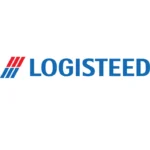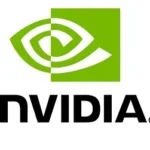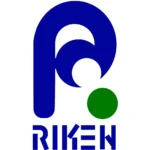SK Hynix Inc. announced mass production of what it calls the industry’s first 321-layer NAND flash memory chip, escalating competition with Samsung Electronics Co. in the race to dominate artificial intelligence infrastructure.
The South Korean chipmaker says its new quadruple-level cell technology delivers double the storage capacity of existing solutions while improving write performance by 56% and power efficiency by 23%. The company plans to commercially release the product in the first half of 2026, pending customer validation.
SK Hynix has been gaining ground against larger rival Samsung in the memory market, particularly after acquiring Intel Corp.’s NAND business for $9 billion in 2021. The company now holds a commanding 70% share of the high-bandwidth memory market crucial for AI servers.
The 321-layer achievement represents a technical milestone, but translating laboratory advances into commercial success remains challenging. Samsung previously announced mass production of 290-layer V-NAND technology in April and has set ambitious targets to develop chips with over 1,000 layers by 2030.
SK Hynix’s latest product will first target personal computer solid-state drives before expanding to enterprise data centers and smartphones. The company claims its proprietary 32-die packaging technology will enable ultra-high-capacity storage solutions for AI servers.
The announcement comes as the global NAND flash memory market is expected to reach $55.73 billion in 2025, driven partly by surging demand from data centers supporting artificial intelligence workloads. However, SK Hynix’s chief financial officer recently warned of weaker demand for memory chips used in PCs and smartphones, along with rising competition from Chinese memory manufacturers.
According to Jeong Woopyo, head of NAND development at SK Hynix, the company aims to become a “full-stack AI memory provider.” Whether customers will pay premium prices for the advanced technology remains to be seen as the industry grapples with cyclical demand fluctuations and pricing pressures.



